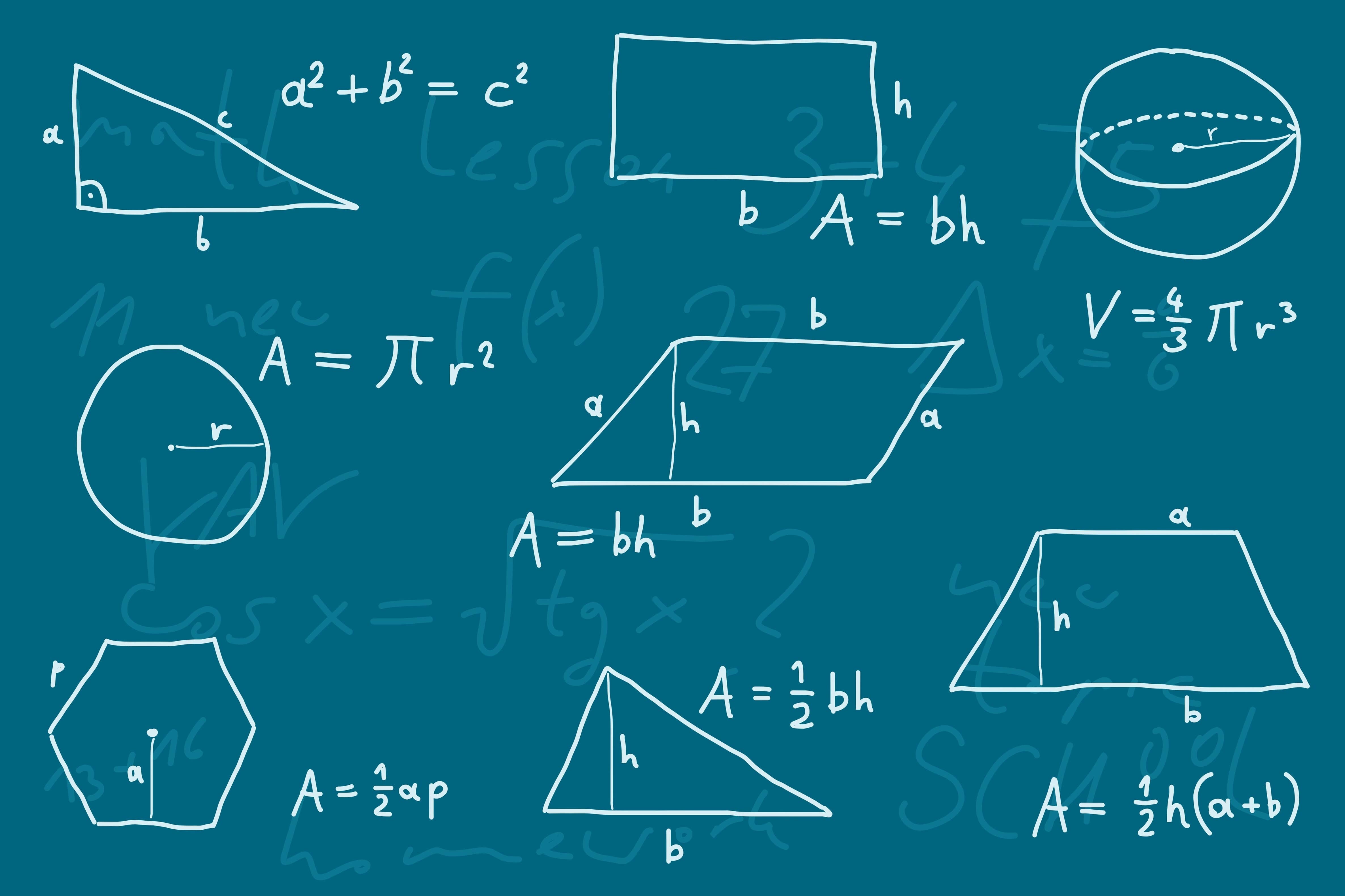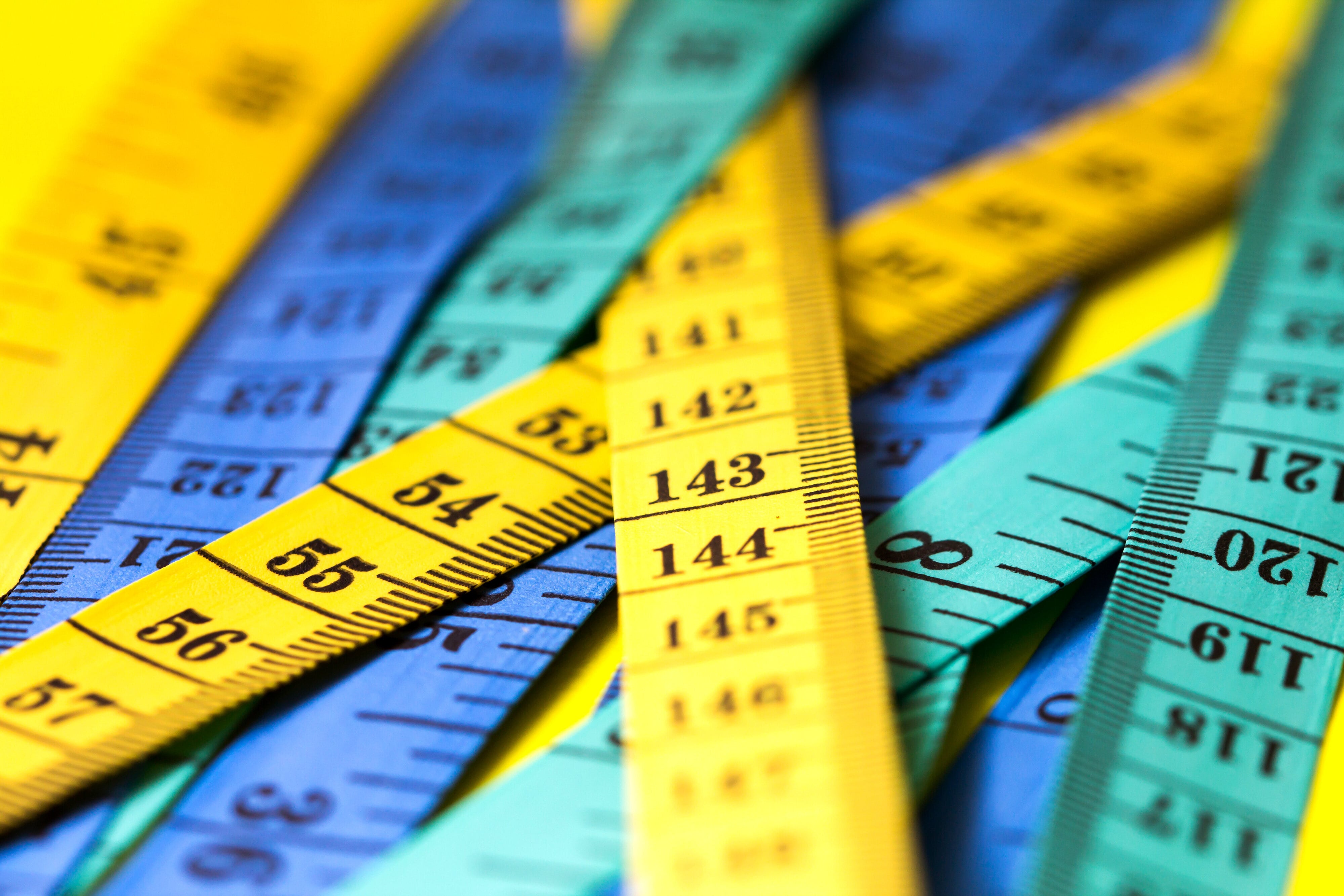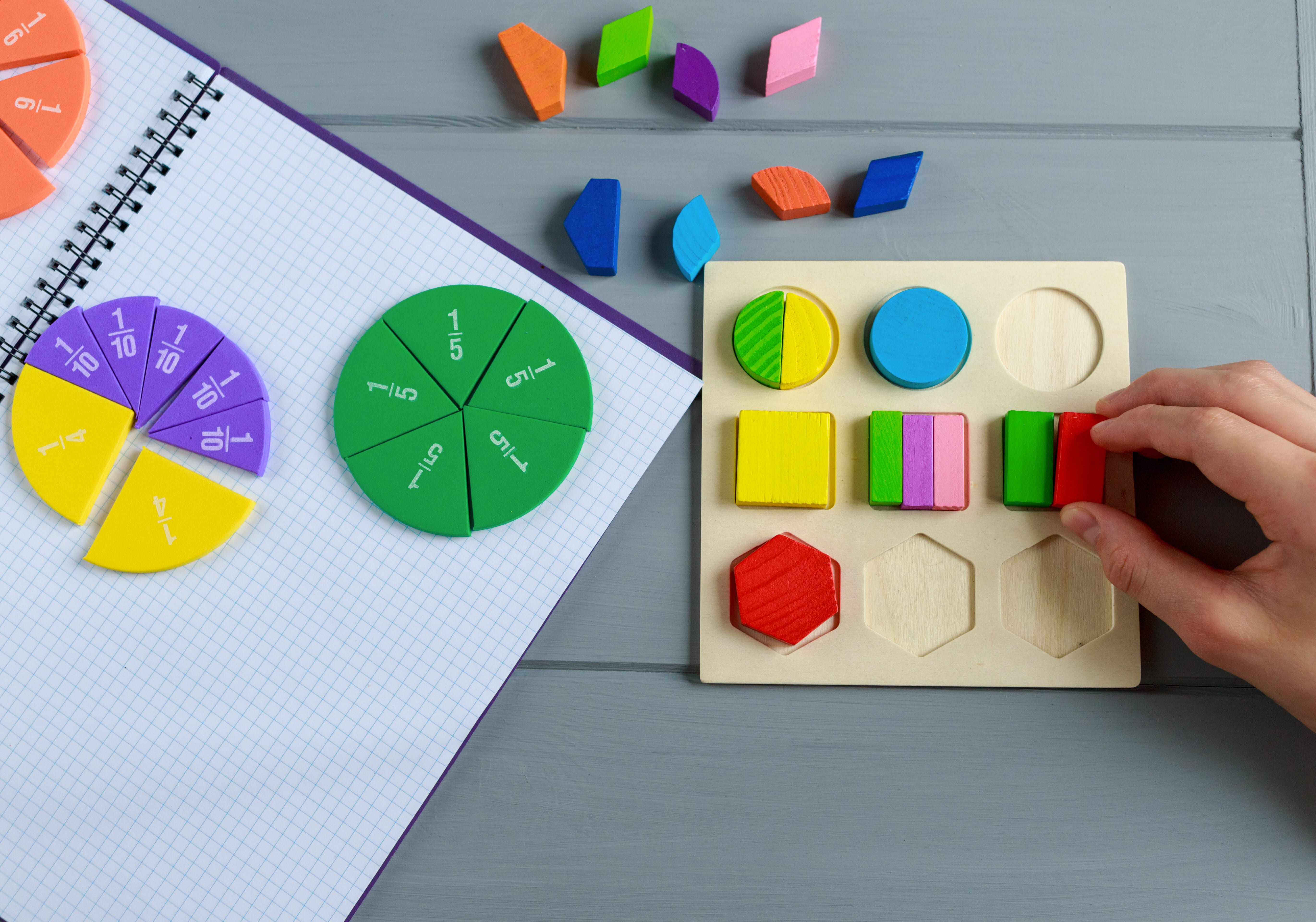Geometry lesson plan ideas, activities and worksheets

Why is a lesson plan important for teaching geometry?
Teaching geometry to primary students, especially in England, involves taking your class through one of ‘the fundamentals of mathematics’. Geometry (from the Greek: geo- "earth", and -metron "measurement") is, with arithmetic, one of the ancient branches of mathematics. As you will probably know, it is all to do with the properties of space that are related to distance, shape, size, and relative position of figures.
Teaching geometry is an important part of maths overall, and can become a key part of many maths lessons over the course of a year. It is a great way to show young primary school students math in the real world and why what they are learning is all around them.
As ever, having good lesson plans will allow you to communicate the importance of geometry and more fundamentally, the basic geometry lesson objectives.
Good lesson plans will force you to think more reflectively about the best collection of geometry lesson activities, and whether these align with the assessments that students will have to take, usually at the end of the year.
As you will probably be aware, a good lesson can be a much-needed time management tool in busy classrooms; third, with a lesson plan in your hand, you will become a more confident teacher; and, last, a good lesson plan can be a blessing to struggling students. This is because, with a lesson plan, you will be able to avoid casual omissions or repetitions in the curriculum scheme (and lessons) that arise as a result of poorer, ad-hoc planning.
Planning geometry lessons
A good sequence of lesson plans for geometry needs to take stock of what the national curriculum guidance wants: a ‘varied and frequent practice with increasingly complex problems over time, so that pupils develop conceptual understanding and the ability to recall and apply knowledge rapidly and accurately’.
There is also the need to guide your class’ growing skills in reasoning mathematically by following a line of enquiry, verbalising relationships and generalisations in the discipline, and developing proofs using mathematical language. This is just the highly abridged version — it is worth going to read, or skim, these official documents in full.
Objectives
There are a few statutory requirements, or objectives, in England for Key Stage One and Two geometry. For properties of shapes, they write that Year 1 students should be taught to:
- Recognise and name common 2-D and 3-D shapes, including 2-D shapes [for example, rectangles (including squares), circles and triangles]
- Recognise and name 3-D shapes [for example, cuboids (including cubes), pyramids and spheres].
For position and direction, the official documents advise that students should be able to :
- describe position, direction and movement, including whole, half, quarter and three-quarter turns [by the end of Year 1].
By Year 6, the requirements for properties of shapes have advanced so that students should be aware and able to:
- identify 3-D shapes, including cubes and other cuboids, from 2-D representations
- know angles are measured in degrees: estimate and compare acute, obtuse and reflex angles
- draw given angles, and measure them in degrees
- identify: angles at a point and one whole turn (total 360 degrees)
- angles at a point on a straight line and 2 1 a turn (total 180 degrees)
- other multiples of 90 degrees
- use the properties of rectangles to deduce related facts and find missing lengths and angles
- distinguish between regular and irregular polygons based on reasoning about equal sides and angles.
Each year is considered in the statutory requirements for what primary school students should be taught to do, not just with geometry. For the keen Year, 6 teach it is worth looking from page 37 onwards.
Providing relevant examples
Teachers will probably have more excited and engaged faces in their faces if they can successfully point out that knowing about the mathematical properties of angles and shapes are necessary, useful, and beautiful in architecture, sculpture, art, game design, and other aspects of the built and natural environment.
Assessment
The SAT examination primary school students usually sit at the end of Key Stage Two wants to know about students’ understanding of properties of shapes as well as position and direction. Obviously, it comes as no surprise to say that Maths teachers ought to stick carefully to the statutory requirements and the design of the assessments. This doesn’t mean Maths lessons can’t be enjoyable and fun...
Fun geometry lesson plan ideas
We’ll try to point you in the right direction for some fun geometry lesson plans for years 1 through 6 and overall, some geometry lesson ideas for primary school students.
Drawing geometric shapes
Here’s a geometry lesson idea for drawing geometric shapes: In Year 4, your class will learn about acute and obtuse angles.
They will also be introduced to coordinates and will be able to describe translations, and will build upon their knowledge of shape properties.
Finding these angles in art may be a good idea: artists such as Wassily Kandinsky created artwork that provides opportunities to recognise geometric shapes and practise identifying and measuring angles - for example, try Balancement Art by Kandinsky.
Why not see if your class can create their own Kandinsky-inspired piece of artwork? From there, it is possible to discuss the geometric features within the shapes that they have chosen to use. Can they order the size of the angles in their artwork from smallest to largest?
Spotting shapes in real life
Again, for your Key Stage Two geometry lesson, the built environment in photos and videos is full of many opportunities to identify particular two and three-dimensional shapes.
??In year 4, they will be learning to identify multiple vertical, horizontal, and diagonal lines of symmetry in 2D shapes.
Patterns in art and nature provide great opportunities to explore lines of symmetry. Encourage them to draw symmetric patterns using pens, paint, and collage, or ask them to cut out a selection of regular 2D shapes and think about how many lines of symmetry they can see. Can they fold the shape in half vertically, horizontally, and diagonally? How many perfect folds can they make?
Cutting angles out of paper
Similar to the symmetry activities for year 4, another geometry activity could involve getting your class to cut out acute, obtuse, or reflex angles using square paper. Here’s a nicely-made worksheet involving angles for a Year 5 geometry class.
Primary geometry worksheets
Find hundreds of primary geometry worksheets including worksheets for coordinate geometry and 3D Shapes and much more that’s refinable by year group and activity.
Lesson plan templates
Pango can help teachers plan all kinds of lessons as well as showing you how many of your lessons have met specific curriculum targets too, besides much else.
Like its competitors acquiring resources is easy — just by creating a free Pango account can you be within reach of having access to thousands of detailed worksheets and lesson plans.


